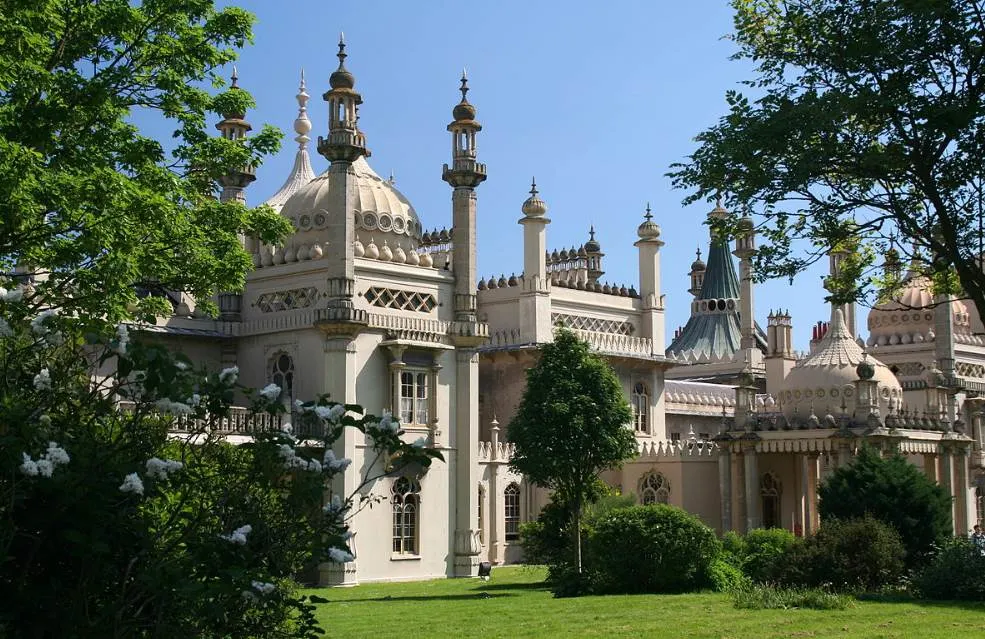The Romantic era was a period in the 19th century in which both Romantic art and Romantic architecture converged.
In terms of architecture, this often revolved around reviving certain architectural styles of the past. One of the best examples can be found in a coastal city in the south of England.
Let’s talk a closer look at some of the most interesting facts about the Royal Pavilion in Brighton, arguably one of the most amazing buildings in the country (and that means something).
1. It’s located right in the heart of a popular seaside resort
The Royal Pavilion is without a doubt one of the greatest attractions in Brighton, a seaside resort on the south coast of England.
The city is located directly south of London and tourists from London have been visiting this place since the arrival of the railway in the 1840s.
Yes, this place is bustling with tourists during the enjoyable summer days. The Royal Pavilion is one of the many attractions that the city has to offer.
It’s located right in the heart of the city, just north of the Brighton Palace Pier. This landmark opened in 1899 and makes it pretty easy to find this architectural highlight in the city.

2. It was constructed as a seaside palace for the future King of Great Britain
When George, Prince of Wales (1762-1830), the future King Goerge IV of Great Britain, first visited Brighton in 1783 at the age of 21, he was instantly hooked.
This seaside resort had grown in popularity ever since George’s uncle, Prince Henry, Duke of Cumberland and Strathearn, constructed his residence here.

Fine dining, gambling, and other forms of entertainment were George’s cup of tea. When he wasn’t able to construct the Carlton House, his opulent mansion in London, the way he wanted, he decided to build himself a seaside retreat in Brighton.
3. The original pavilion was constructed in the late 18th century
The Prince of Wales commissioned to expand the old farmhouse he was renting at the time and this was the first version of the Brighton Pavilion.
The building was far from the immense structure we can admire today and didn’t feature the distinctive architectural style as well.
It was designed by Henry Holland, the architect of the Carlton House in London, and features the Neoclassical architecture that was popular in France at the time.
The construction of this pavilion started in 1787 and the building was expanded once more between 1801 and 1802 with the addition of an extravagant dining room.
This “Marine Pavilion” featured several rooms that flanked a central rotunda.
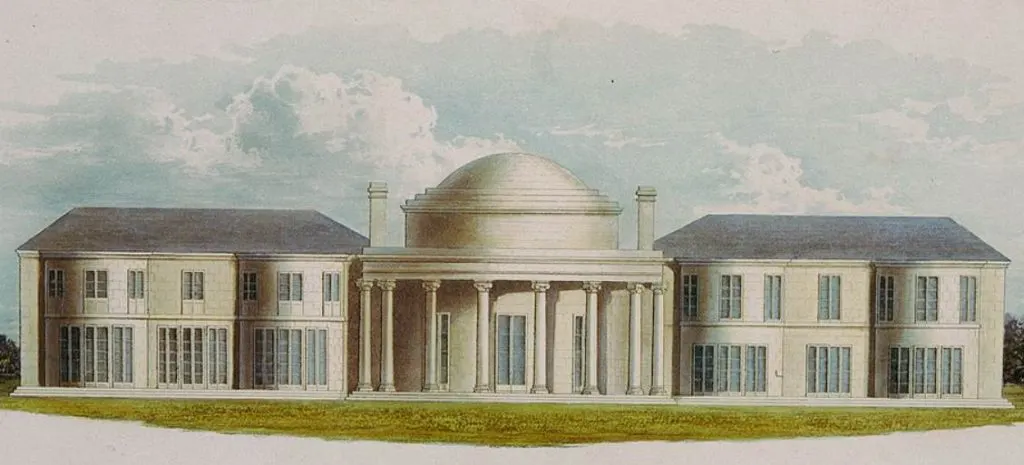
4. The building was greatly expanded by a renowned British architect
It’s fair to say that the Royal Pavilion we can admire today doesn’t look quite the same as the austere Neoclassical building it once was in the early 19th century.
The Brighton Pavilion we see today was completed between 1815 and 1822. It was designed by John Nash (1752-1835), one of the most prominent British architects of the late 18th and early 19th centuries.
Some of Nash’s most famous works include Marble Arch, the Royal Mews, and Buckingham Palace.
The architect incorporated the Indo-Saracenic architectural style into the building. This style was a Revival style of several Indo-Islamic styles, most prominently Mughal Architecture. The Taj Mahal in India is the best example of this style.
Indo-Saracenic architecture was very popular for public and government buildings in the British Raj. The exotic elements were sometimes used in England as well.
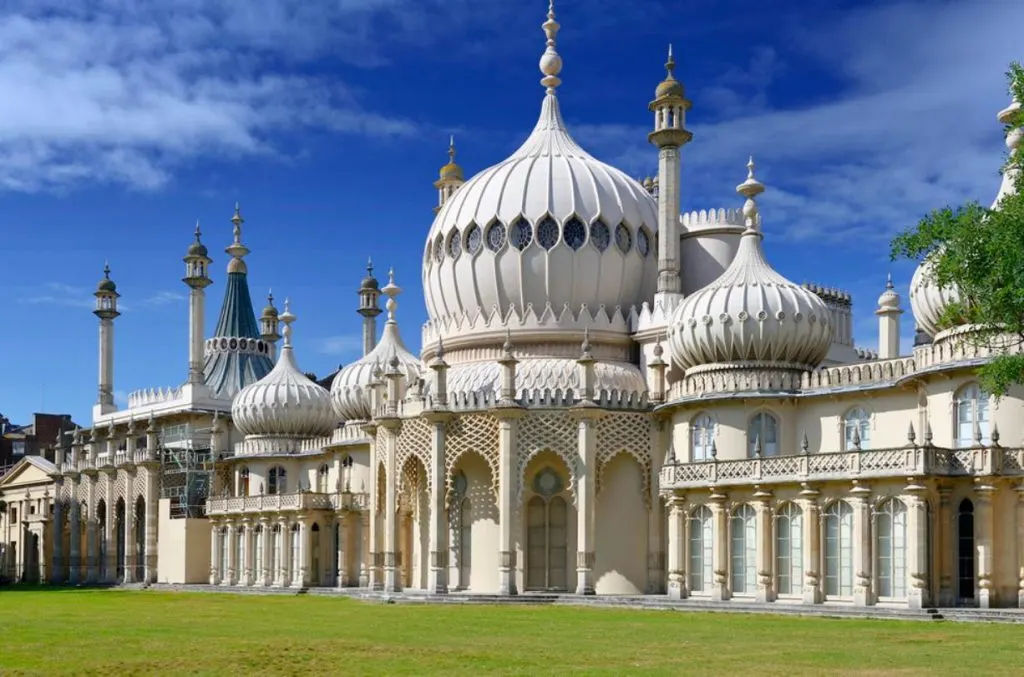
5. The building and its gardens have been a tourist attraction since 1850
King George IV died in 1830 and his successor, King William IV, also enjoyed spending time in Brighton.
When he died and Queen Victoria came to power in 1837, this all changed. She utterly disliked the lack of privacy at the Royal Pavilion and barely spent time here.
She visited Brighton and the Royal Pavilion for the last time in 1845 and after drawing too much attention once more, decided to sell the buildings and surrounding land.
The local government as it as an opportunity and this resulted in the “Brighton Improvement Act” being signed in 1850. The town bought the Pavilion and its gardens for £53,000.
This may sound like a small amount but that’s the equivalent of over £7.5 million today!
The local government has completely restored the Brighton Pavilion to its former glory. Together with the amazing gardens, it has become one of the most popular attractions in the city.
Guided tours are available and allow you to discover the amazing interior of the building. It is equally impressive as the exterior and was renovated exactly how it looked during the reign of King George IV.
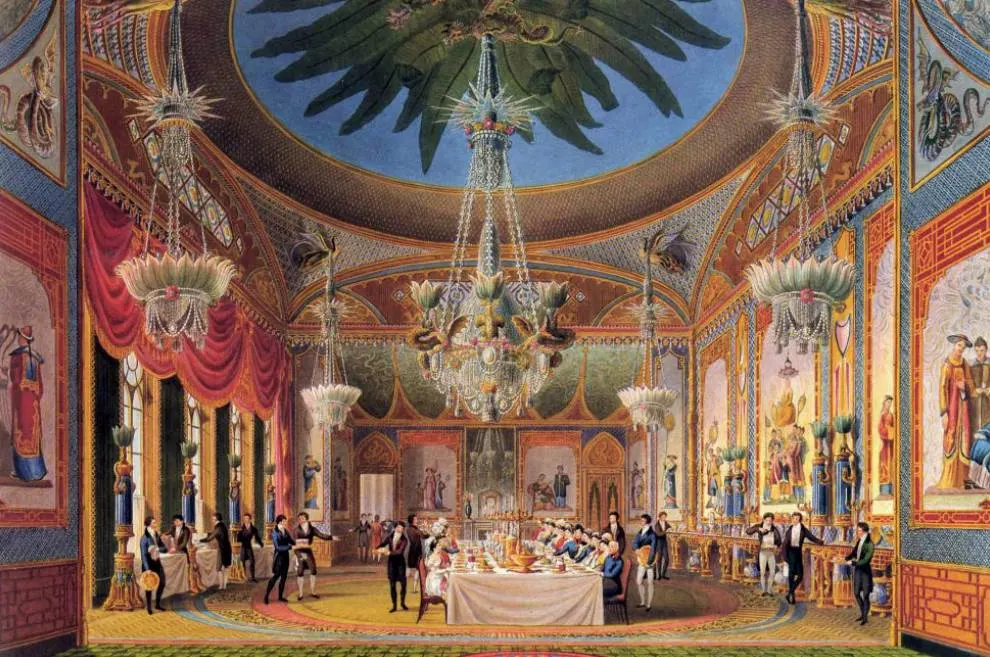
More interesting facts about the Royal Pavilion
6. The Prince of Wales initially rented a farmhouse that was facing the Old Steine, a grassy area in Brighton at the time that is now a public park known as the “Old Steine Gardens.”
7. He bought the land in the area and commissioned the construction of a huge riding school and stables. These were constructed between 1803 and 1808 and featured the distinctive Indian architectural style of the main building today.
8. The Royal stables were part of the Brighton Improvement Act of 1850 and were transformed into a concert hall a decade later in 1860. Today, this building still serves this purpose and is known as the “Brighton Dome.”
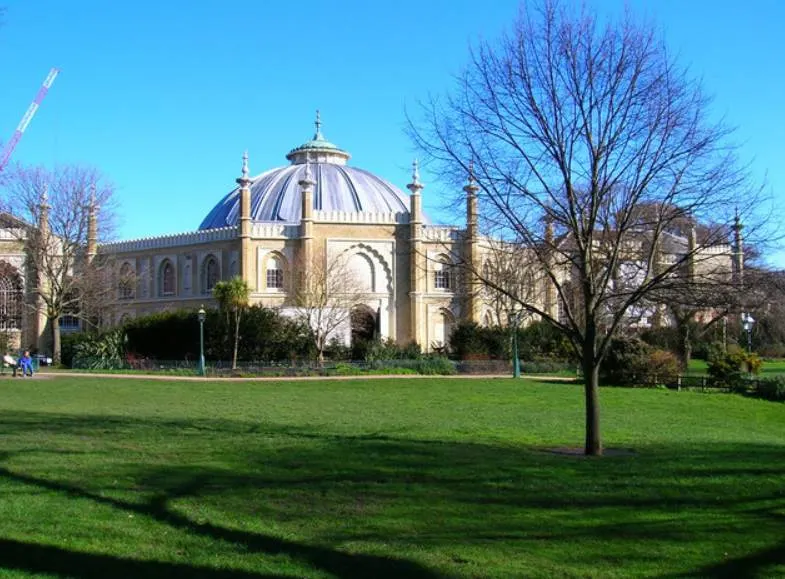
9. The Brighton Pavilion was a remarkable building at the time it was completed, and its architectural design still makes it one of the most fascinating buildings in the city today.
The prevalent style at the time was the Regency Style, the British version of the Neoclassical style that was popular in mainland Europe.
10. Queen Victoria didn’t mess about when it came to spending the £53,000 she got from selling the building and its gardens. She had already purchased land on the Isle of Wight and commissioned the construction of the Osborne House there.

The money from the sale in Brighton helped to furnish this opulent Renaissance mansion which became the Summer residence of the Royal Family.
11. The Brighton Pavilion is a Grade I listed buildings and over 400,000 people visit it every year. This makes it one of the most-visited attractions in Brighton.
12. The garden is a great attraction as well. It’s Grade II listed in the Register of Historic Parks and Gardens and is home to a wide variety of plants that are organically grown.
It has been restored since its Regency days and is one of the only restored gardens from this period in the United Kingdom.
